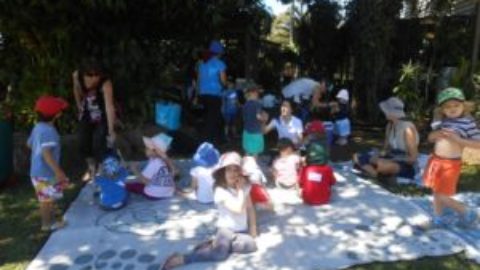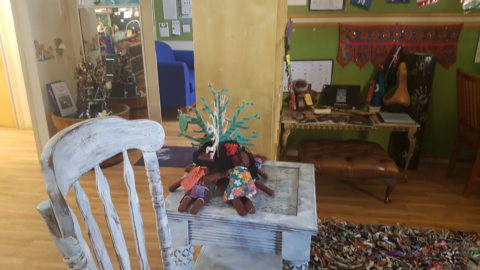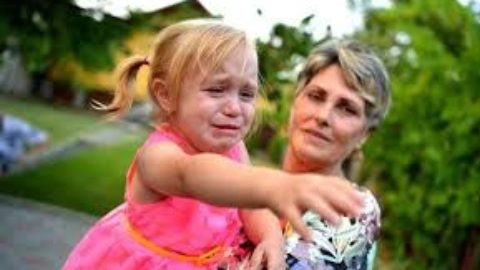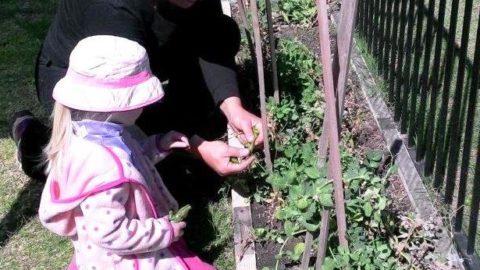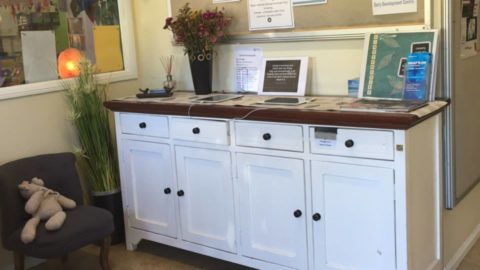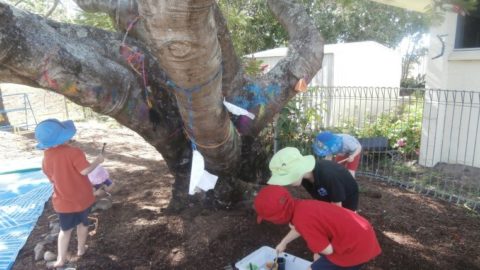Written for ECW by Rhonda Livingstone – ACECQA National Education Leader (NEL)
‘Unless we are willing to encourage our children to reconnect with and appreciate the natural world, we can’t expect them to help protect and care for it’. These words by David Suzuki ring so true.
It is our role to support children’s understanding of the world and how to protect and care for it.
Promoting sustainability in education and care services is an important part of the National Quality Standard (NQS) and remains so in the revised NQS, which will come into effect on 1 February 2018. In the revised NQS the sustainable practices of services and environmental responsivity is in Element 3.2.3 under the Concept: Environmentally responsible – The service cares for the environment and supports children to become environmentally responsible.
Current assessment and rating data continues to show that Element 3.3.1 (Sustainable practices are embedded in service operations) and Element 3.3.2 (Children are supported to become environmentally responsible and show respect for the environment) are amongst the top five challenging Elements of the NQS, this is across all service types both nationally and in each state or territory. We also know that creating authentic sustainable practices and environments, as well as promoting sustainability for children under two years of age, can be challenging for some services.
These challenges may point to some conceptual misunderstandings about sustainability and other underpinning notions such as conservation and ecological knowledge. The focus of Element 3.3.1, being to embed sustainable practices, has also lead to some services responding with a range of activities, systems or items, for example rainwater tanks, which in isolation are not necessarily contributing to promoting sustainability in the educational program and practice. The focus of standard 3.3 is less about services purchasing and or installing large items which are focused on environmental sustainability, and more about implementing practices and experiences which are supported through a play based program as embedding practice is a cornerstone of high quality practice. Looking at the process from a sector point of view, the feedback seems to illustrate that services are facing particular challenges around the word ‘embedding’ sustainable practices and in general teaching and learning around sustainability.
When looking at how to identify practices, services could reflect on aspects such as:
- Are practices embedded in service operations and are they demonstrated consistently and frequently across all parts of the service? How can it be improved on?
- Is critical reflection used to inform practice, planning and decision making?
- Is practice informed by meaningful engagement with families and or the community with feedback actively sought, considered, valued and adopted?
These points link strongly to the themes and principles of the Early Years Learning Framework (EYLF) and the Framework for School Age Care (FSAC) reciprocal relationships, partnerships, high expectations, equity and reflective practice. Learning Outcome 2 in the EYLF and FSAC (children are connected with and contribute to their world) also provides insights about helping children to be socially responsible and show respect for the environment.
The Guide to the National Quality Standard includes some examples of sustainable practices. It is important to remember these are only a few examples and services are encouraged to consider the wide range of ways to promote sustainability within an education and care setting and children’s learning and development. For example, services can engage children in understanding the importance of recycling, energy efficiency and water conservation through a variety of creative ways. To promote sustainability for children under two years of age, these practices can be role modelled by educators and educators and service leaders are encouraged to make informed choices when choosing and using resources. While solar panels, water tanks, worm farms, vegetable patches etc may work in some services, it is important to consider the location, setting, children, families, educators and the community when choosing and implementing sustainable resources and practices that most suit your service.
The Guide to the National Quality Standard (p.100) has a series of questions which may help prompt discussion and guide reflection around Standard 3.3. Reflecting on your sustainable practices and education is important. Stop and consider ‘What will children learn from the experience?’, ‘How will it contribute to their knowledge and understanding?’ and ‘Is it meaningful for the service?’
Living sustainably means living within the capacity of the natural environment to support life and ensuring our current lifestyle has minimal impact on generations to come. Sustainable practices relate not only to the natural environment but also our society and culture, including aspects such as consumerism and community well-being. When there is an alignment of philosophies, ethics and beliefs in a service, sustainability becomes the norm and has a positive impact on children’s learning and the wider community.
There are many resources available to services to help them support children’s understanding of protecting and caring for the environment. Also look for opportunities to seek support and input from families and the community, local councils can often also be a great resource for services.
Further reading:
ACECQA – We hear you blogs and related articles:
https://wehearyou.acecqa.gov.au/category/sustainability/
Resources:



